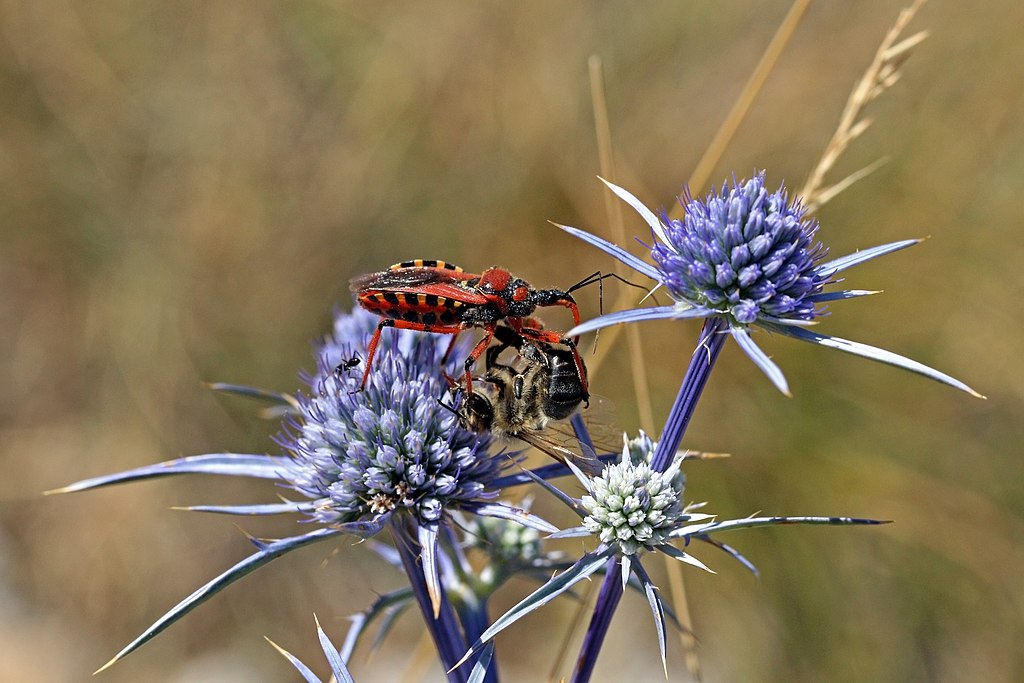In the shadows of night, a creature emerges with an appetite that would make Dracula himself proud. But this isn’t fiction – it’s the chilling reality of one of nature’s most notorious blood-suckers. The kissing bug doesn’t just feed on blood; it transforms through a life cycle so bizarre and captivating that it reads like a supernatural thriller. These insects have mastered the art of stealth, deception, and survival in ways that will leave you questioning everything you thought you knew about the insect world.
The Dark Origins of a Blood-Sucking Legend

The kissing bug earned its deceptively romantic name through a habit that’s anything but sweet. These insects prefer to feed on the soft tissue around human lips and eyes while their victims sleep peacefully. Their scientific name, Triatominae, belongs to a family of bugs that have been perfecting their vampiric lifestyle for millions of years. Found primarily in the Americas, from the southern United States down to Argentina, these creatures have adapted to thrive in environments ranging from tropical rainforests to desert landscapes. What makes them particularly unsettling is their ability to remain completely undetected during their feeding process, often leaving their hosts unaware until morning.
The Egg Stage: Tiny Pearls of Darkness
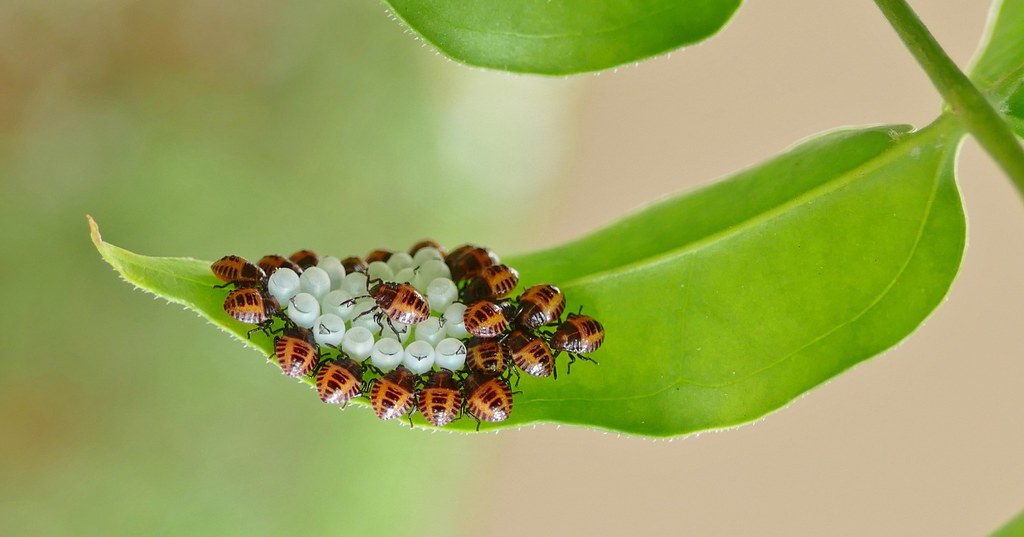
The kissing bug’s journey begins with eggs that look like miniature pearls scattered in the darkness. Female bugs deposit these oval-shaped eggs in protected crevices, under rocks, or within the walls of homes where they’ve established their feeding grounds. Each egg measures only about 2 millimeters in length and takes roughly two to three weeks to hatch, depending on temperature and humidity conditions. The mother strategically places her eggs near potential food sources, ensuring her offspring won’t have to travel far for their first blood meal. During this stage, the developing embryo undergoes remarkable changes, preparing for a life dedicated to finding and consuming blood.
First Instar: The Hungry Newborns
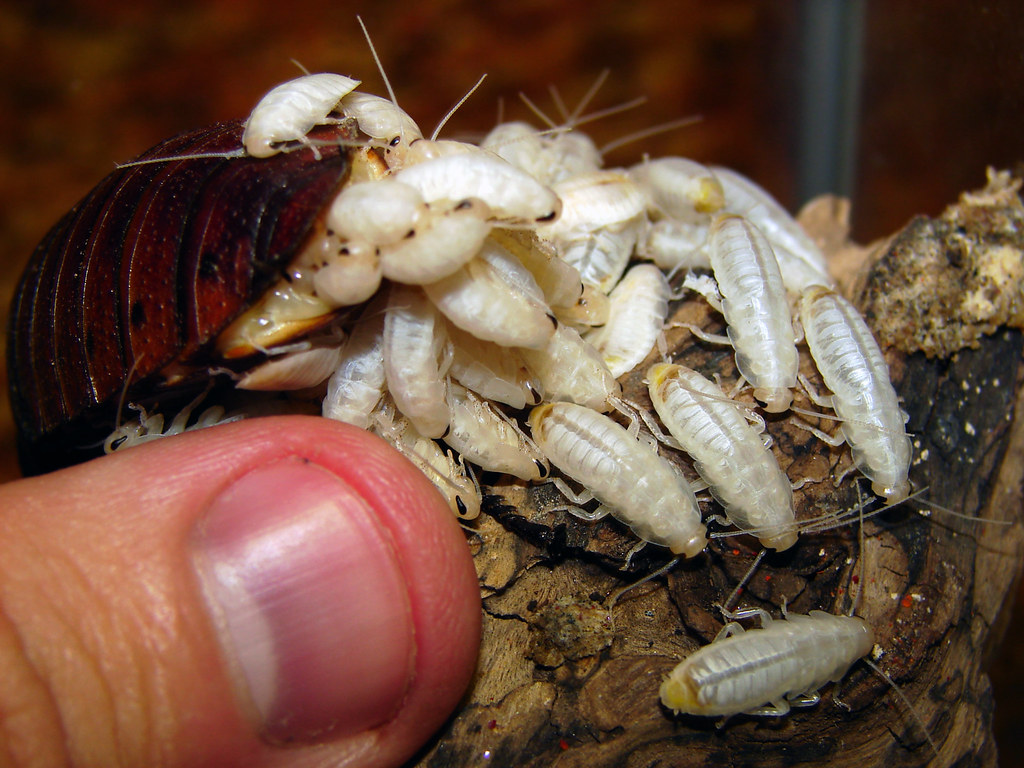
When kissing bug nymphs first emerge from their eggs, they’re already equipped with an insatiable hunger for blood. These first instar nymphs measure barely 2-3 millimeters long but possess fully functional piercing mouthparts called a proboscis. Unlike many insects that might feed on plant matter or other food sources, kissing bug babies are born with one purpose: to find a warm-blooded host. They must feed within days of hatching or face certain death, making their first blood meal a matter of life and death. The urgency of this feeding drives them to take incredible risks, often exposing themselves to predators and environmental hazards in their desperate search for sustenance.
The Molting Marathon: Five Stages of Transformation
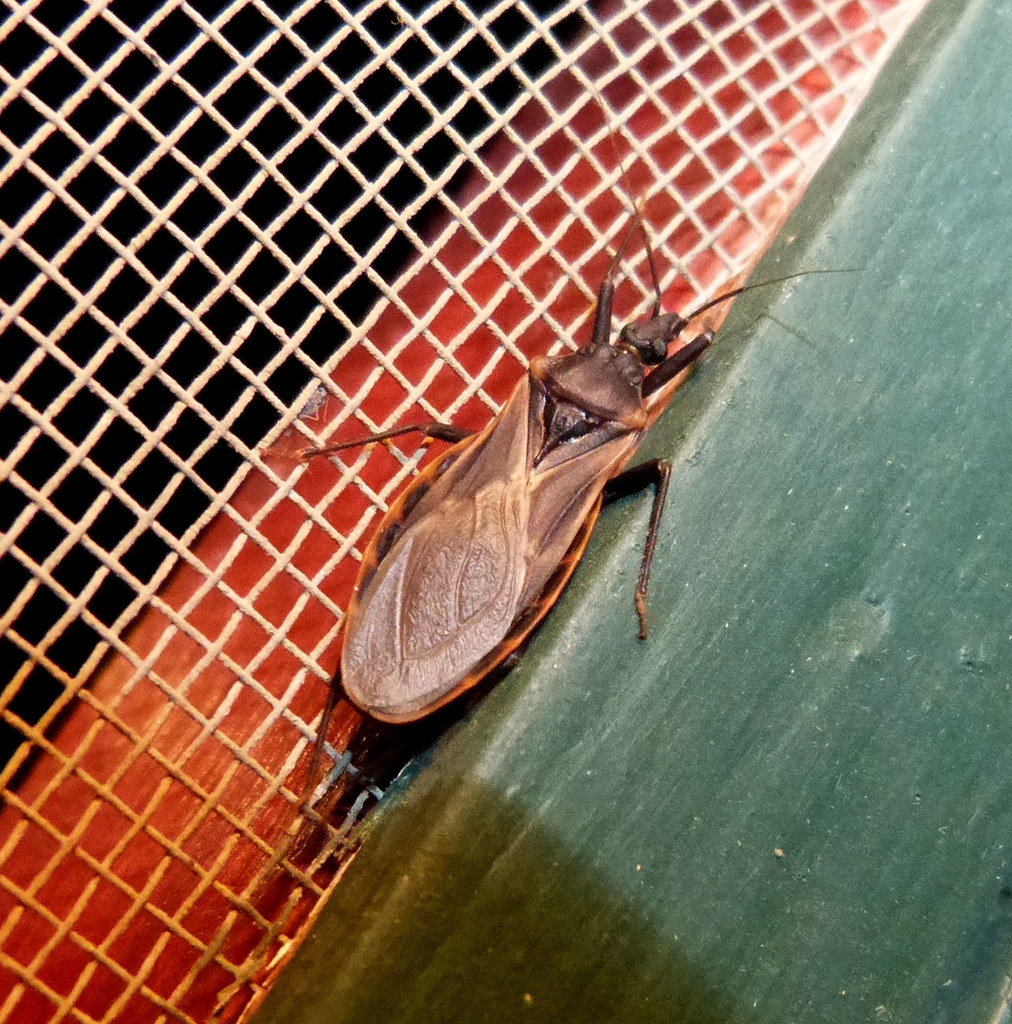
Kissing bugs undergo five distinct nymphal stages, each requiring a blood meal to trigger the molting process. After each feeding, the nymph retreats to a safe hiding place where it remains motionless for days or weeks while its body prepares for the next transformation. During molting, the bug literally bursts out of its old exoskeleton, emerging larger and more developed than before. This process is incredibly vulnerable, as the newly molted bug has a soft, pale exoskeleton that takes time to harden and darken. Each stage brings the insect closer to its final adult form, with wings beginning to develop and reproductive organs slowly maturing.
The Stealthy Feeding Strategy
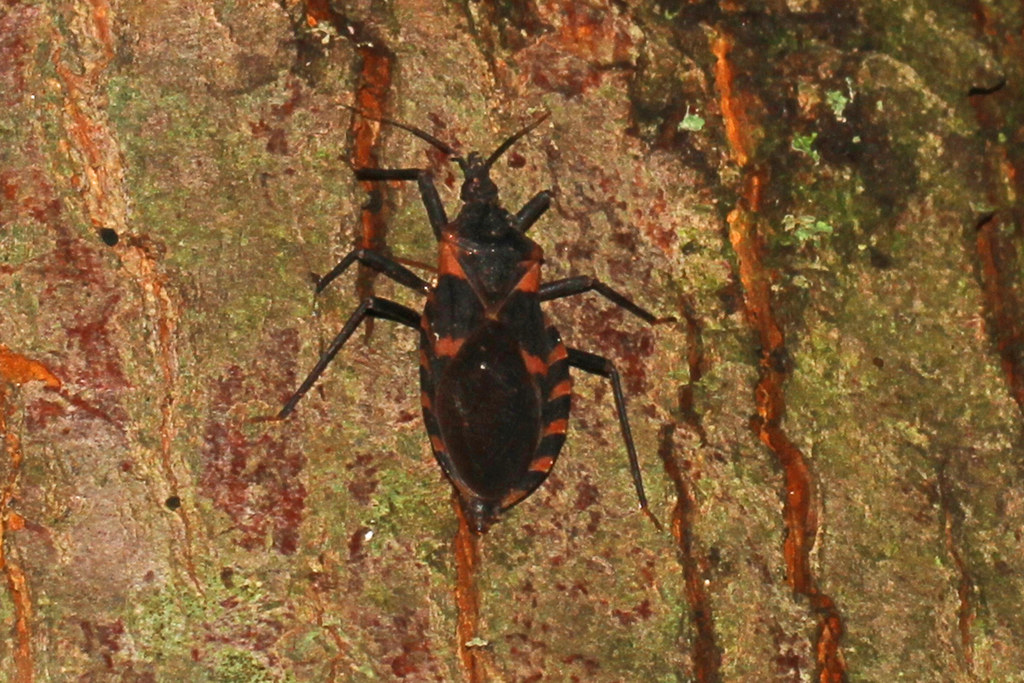
What sets kissing bugs apart from other blood-sucking insects is their remarkably sophisticated feeding technique. They approach their sleeping victims with ninja-like stealth, using specialized sensors to detect carbon dioxide and body heat from several feet away. Once they locate their target, they inject a cocktail of anticoagulants and anesthetics through their needle-like proboscis, ensuring the blood flows freely without waking their host. A single feeding session can last anywhere from 10 to 30 minutes, during which the bug can consume up to four times its body weight in blood. This incredible capacity allows them to survive for months between meals, making them perfectly adapted to their parasitic lifestyle.
The Dangerous Gift: Chagas Disease Transmission
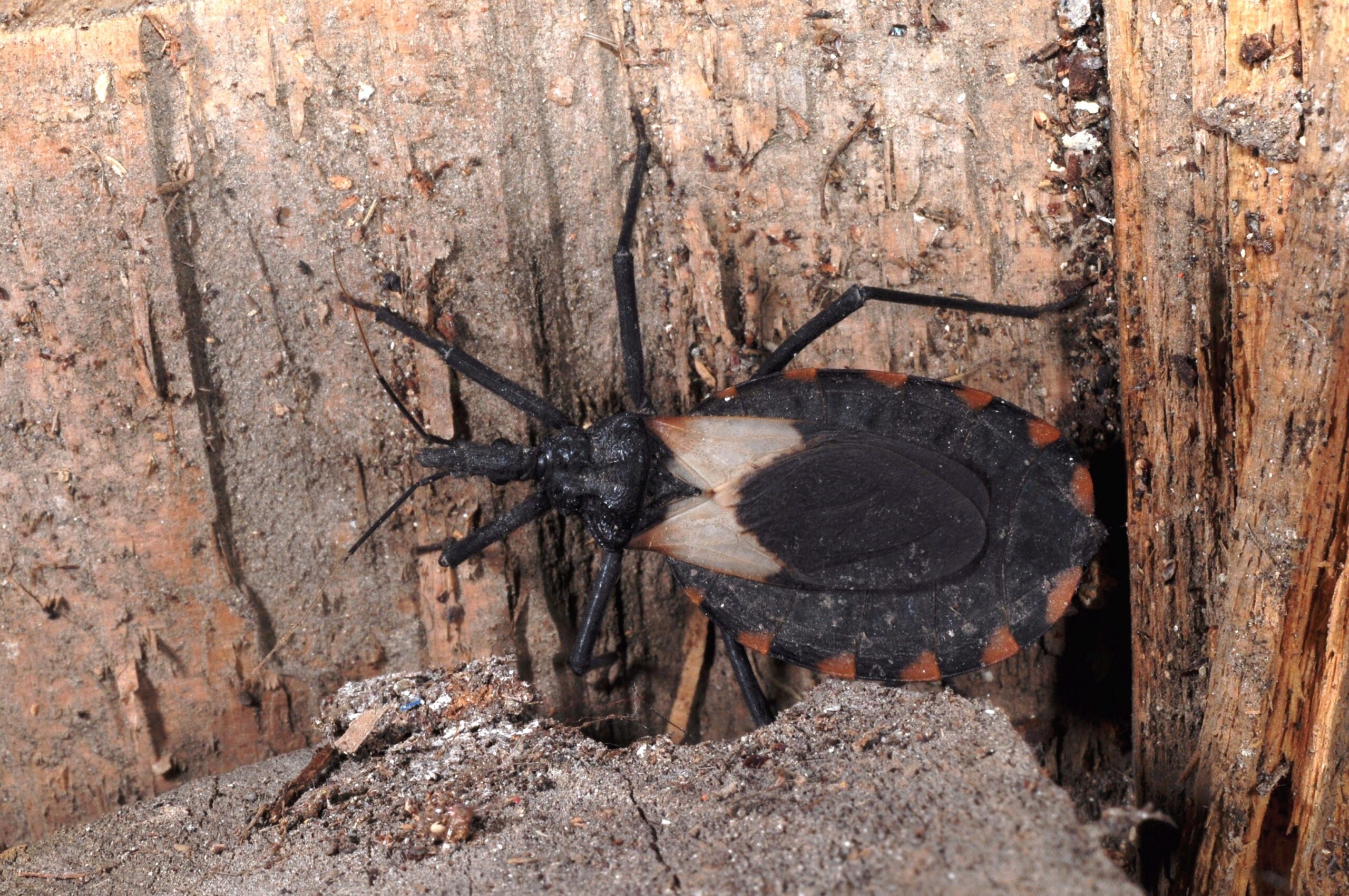
The most terrifying aspect of the kissing bug’s life cycle isn’t just their blood-feeding behavior, but their role as carriers of Chagas disease. These insects harbor a parasite called Trypanosoma cruzi in their digestive systems, which they transmit not through their bite, but through their feces. After feeding, the bug often defecates near the bite wound, and when the victim scratches the irritated area, they inadvertently rub the parasite-laden feces into the wound. This disease affects millions of people throughout Latin America and is increasingly being found in the southern United States. The chronic form of Chagas disease can cause severe heart problems and digestive issues, making the kissing bug’s bite potentially life-threatening.
Adult Emergence: The Final Transformation
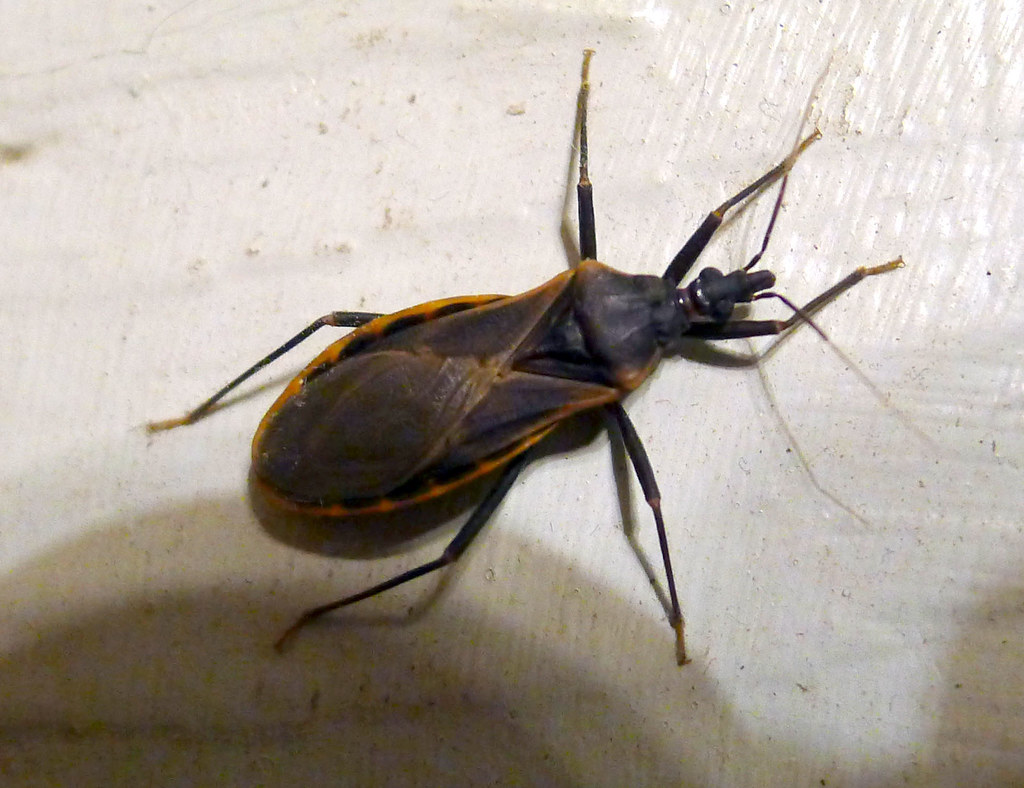
After completing their fifth and final molt, kissing bugs emerge as fully winged adults ready to continue their species’ dark legacy. Adult kissing bugs are significantly larger than their nymphal counterparts, measuring between 12-25 millimeters in length depending on the species. Their wings are fully developed and functional, allowing them to fly considerable distances in search of new feeding grounds and mates. The transformation from egg to adult typically takes anywhere from four months to two years, depending on environmental conditions and food availability. This extended development period reflects the challenging nature of their parasitic lifestyle, where each blood meal is a carefully orchestrated survival mission.
The Mating Ritual: Love in the Shadows
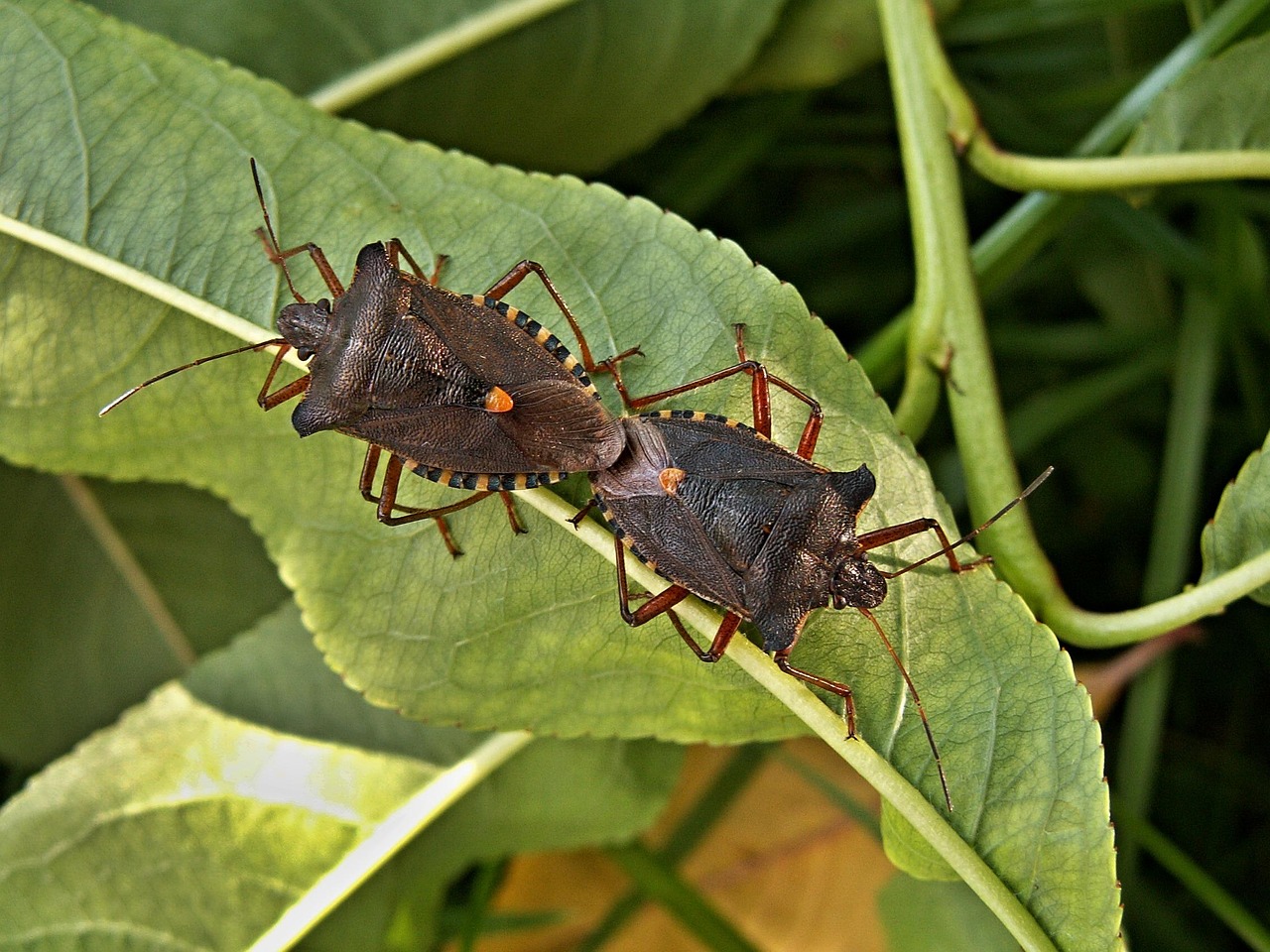
Adult kissing bugs engage in complex courtship behaviors that involve chemical communication and physical displays. Males use pheromones to attract females and may engage in elaborate antenna-waving ceremonies to demonstrate their fitness as mates. Mating typically occurs during the warmer months when blood hosts are most active and abundant. After successful mating, females require additional blood meals to support egg development, often becoming more aggressive and bold in their feeding behavior. The cycle then begins anew as gravid females seek out suitable locations to deposit their eggs, ensuring the continuation of their vampiric lineage.
Habitat Preferences: Masters of Adaptation
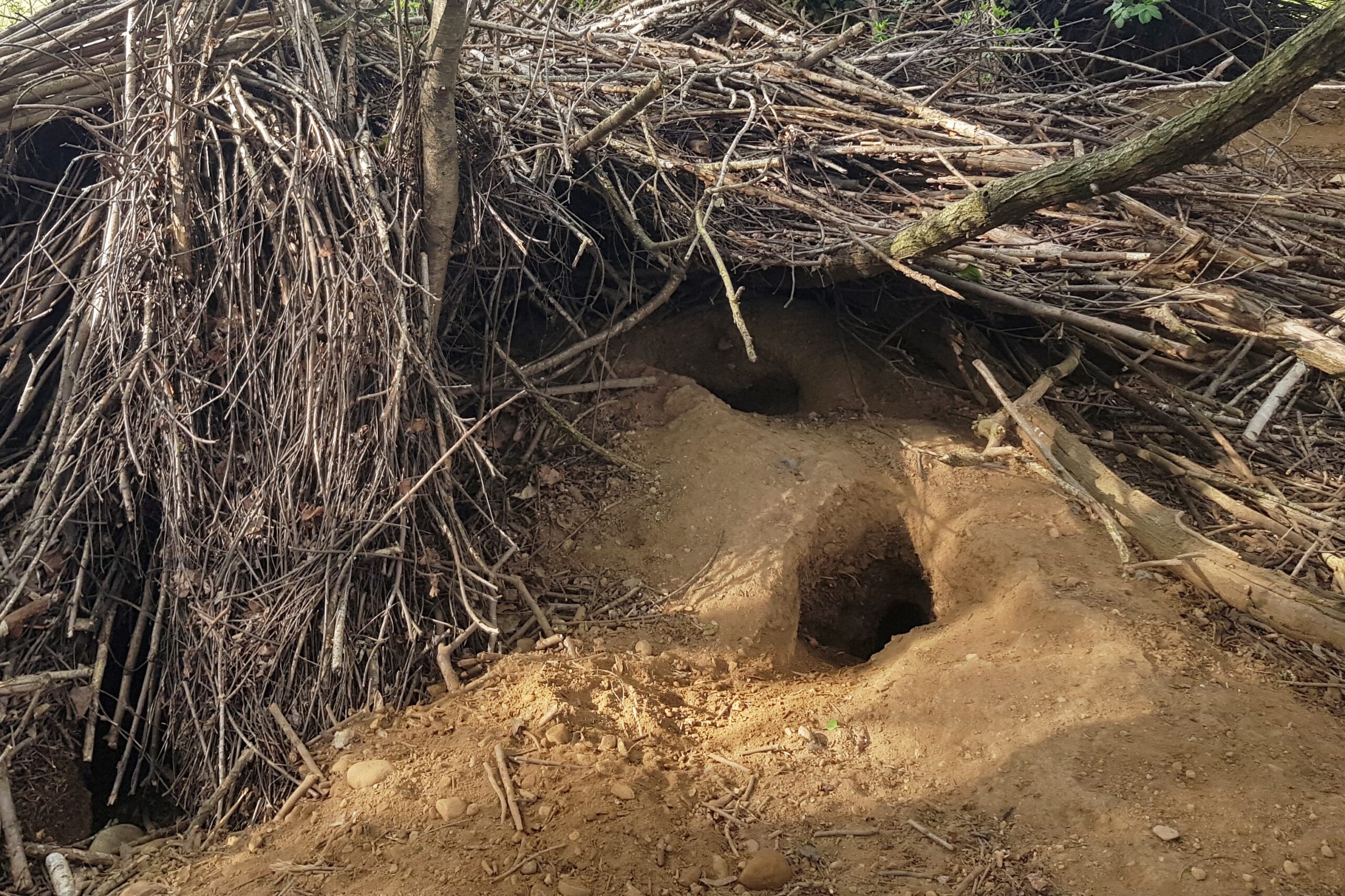
Kissing bugs have shown remarkable adaptability in their choice of habitats, thriving in both wild and domestic environments. In natural settings, they often inhabit the nests and burrows of mammals, including wood rats, opossums, and armadillos. However, they’ve also adapted brilliantly to human dwellings, particularly in rural areas with adobe or thatched-roof constructions. These bugs can squeeze into the tiniest cracks and crevices, making them nearly impossible to detect during daylight hours. Their ability to survive in diverse climates, from tropical rainforests to arid deserts, has allowed them to spread across vast geographical ranges and establish populations wherever suitable blood hosts are available.
Seasonal Behavior: The Rhythm of the Night
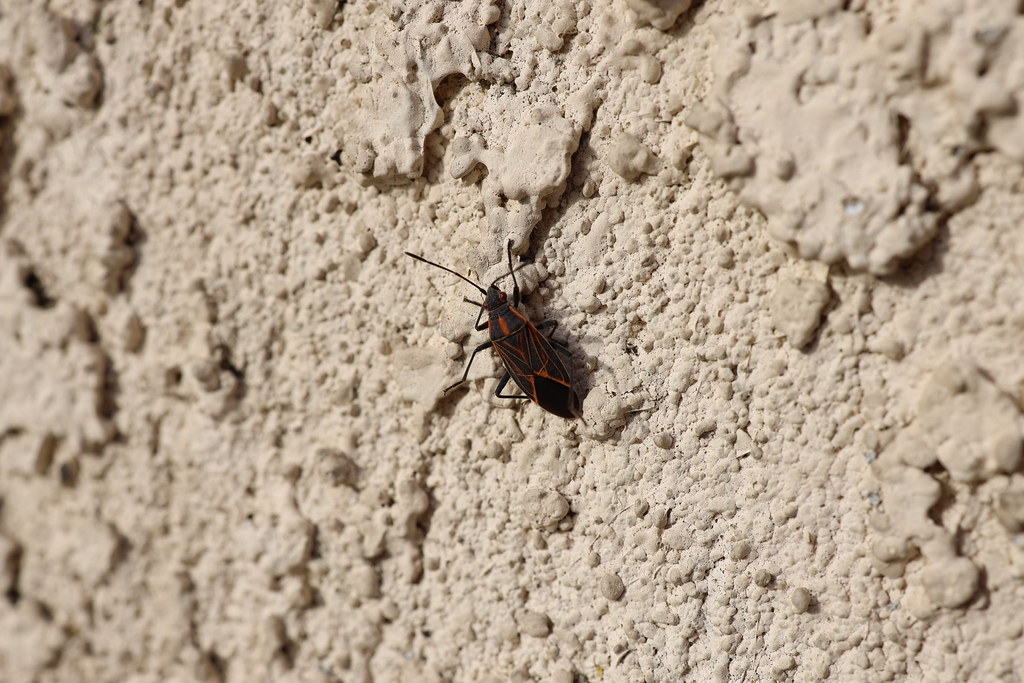
The life cycle of kissing bugs is closely tied to seasonal patterns, with activity levels fluctuating based on temperature, humidity, and host availability. During colder months, these insects enter a state of reduced activity, conserving energy and slowing their metabolic processes. As temperatures warm, they become increasingly active, with peak feeding and mating behaviors occurring during the hottest months of the year. This seasonal rhythm aligns perfectly with human activity patterns, as people tend to sleep with windows open and spend more time outdoors during warmer weather. Understanding these seasonal patterns is crucial for public health officials working to control kissing bug populations and prevent disease transmission.
Survival Strategies: Built for the Long Haul
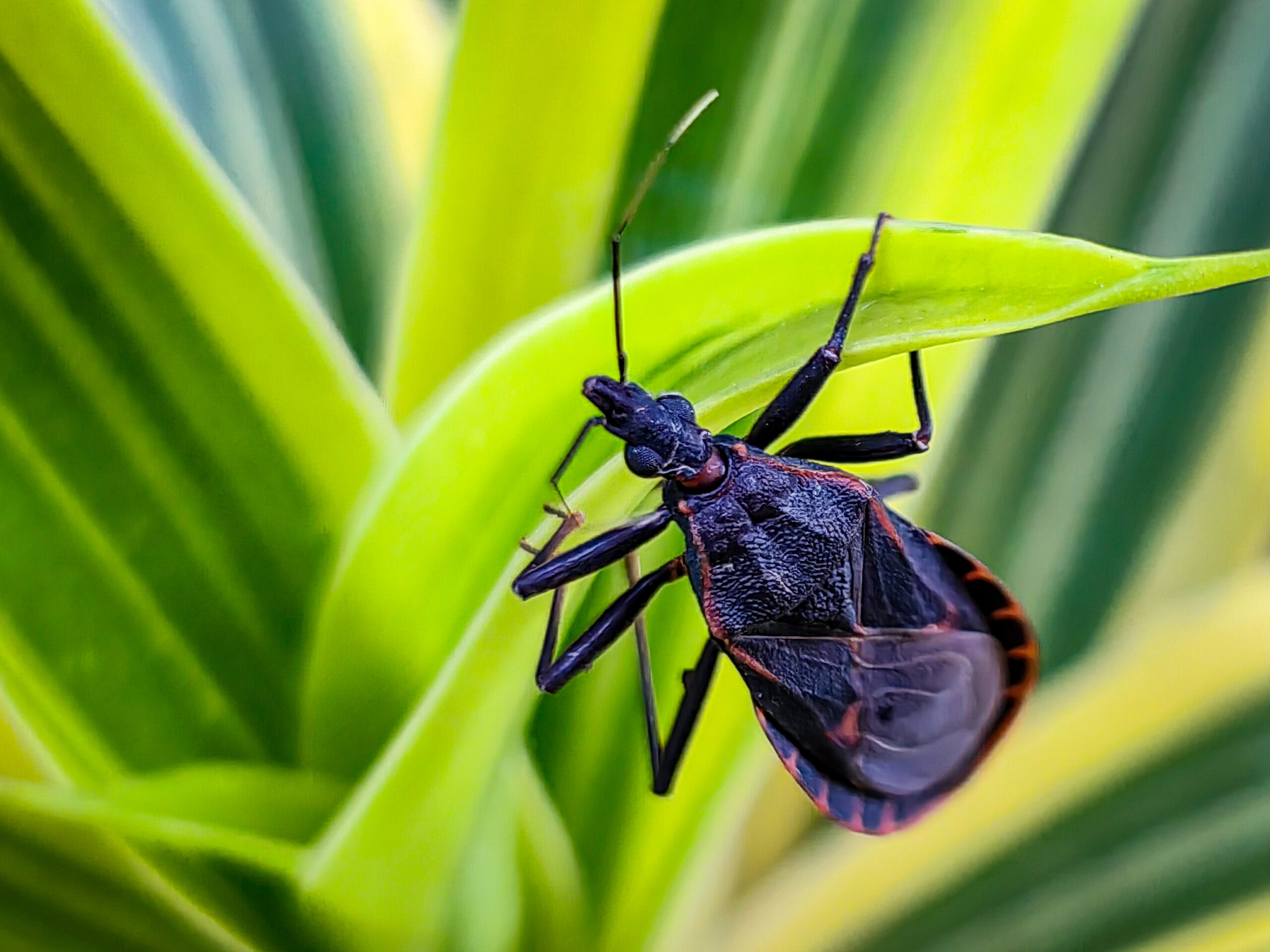
Kissing bugs have evolved remarkable survival strategies that allow them to thrive in challenging environments. They can survive for extended periods without feeding, with some species capable of living up to a year between blood meals. Their ability to detect potential hosts from considerable distances using chemical and thermal cues makes them incredibly efficient hunters. Additionally, they’ve developed resistance to many common pesticides, making them particularly challenging to control. These adaptations have allowed kissing bugs to maintain stable populations despite human efforts to eliminate them, demonstrating the incredible resilience of these vampiric insects.
The Role of Climate Change
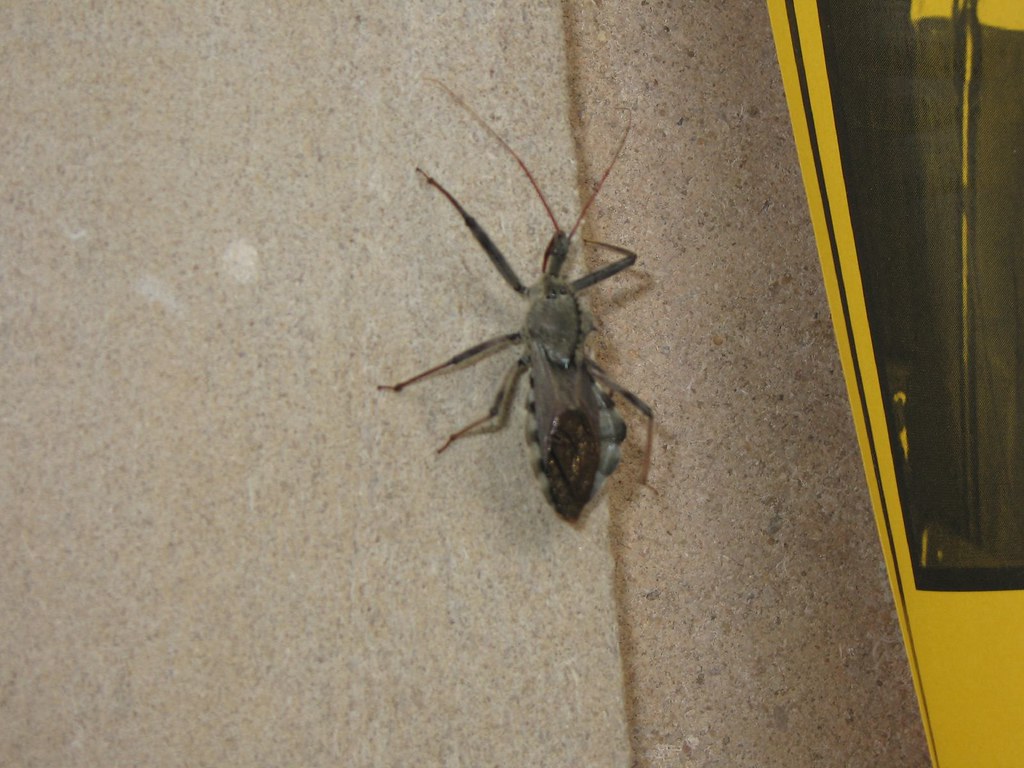
Climate change is playing an increasingly significant role in the distribution and life cycle patterns of kissing bugs. Rising temperatures are expanding their geographical range, allowing them to establish populations in areas that were previously too cold for survival. Warmer temperatures also accelerate their development cycle, potentially increasing the number of generations per year and boosting population growth rates. Changes in precipitation patterns affect their habitat preferences and host availability, forcing adaptations in their feeding and breeding behaviors. Scientists are closely monitoring these climate-related changes as they have direct implications for public health and disease transmission patterns.
Defense Mechanisms: Nature’s Chemical Warfare

When threatened, kissing bugs employ a variety of defense mechanisms that would make any military strategist proud. They can release foul-smelling chemicals from specialized glands, creating a deterrent that keeps predators at bay. Some species are capable of playing dead, becoming completely motionless when disturbed and remaining still for extended periods. Their dark coloration provides excellent camouflage against tree bark, rocks, and building materials, making them nearly invisible to both predators and prey. Additionally, their ability to squeeze into incredibly tight spaces allows them to escape from threats and remain hidden during vulnerable periods like molting.
Human Impact: The Unwitting Hosts
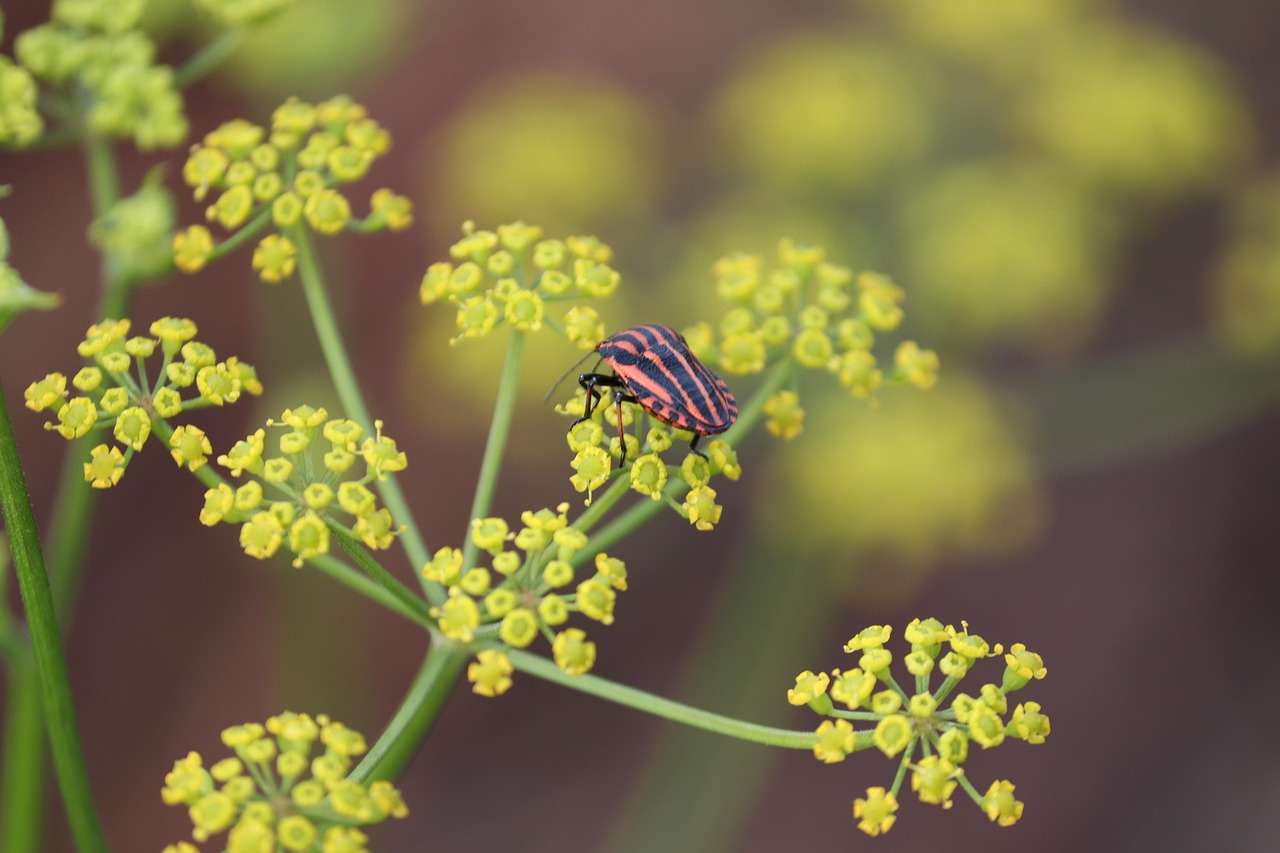
Humans have inadvertently become central players in the kissing bug’s life cycle, providing both habitat and sustenance for these parasitic insects. Our construction methods, particularly in rural areas, often create ideal hiding places for kissing bugs within walls, roofs, and furniture. Domestic animals like dogs, cats, and chickens also serve as alternative blood sources, helping to maintain kissing bug populations near human settlements. The increase in international travel and trade has facilitated the spread of kissing bugs to new regions, where they can establish populations and potentially introduce Chagas disease to previously unaffected areas. Understanding this human-insect relationship is crucial for developing effective control strategies and protecting public health.
Future Implications: A Growing Threat
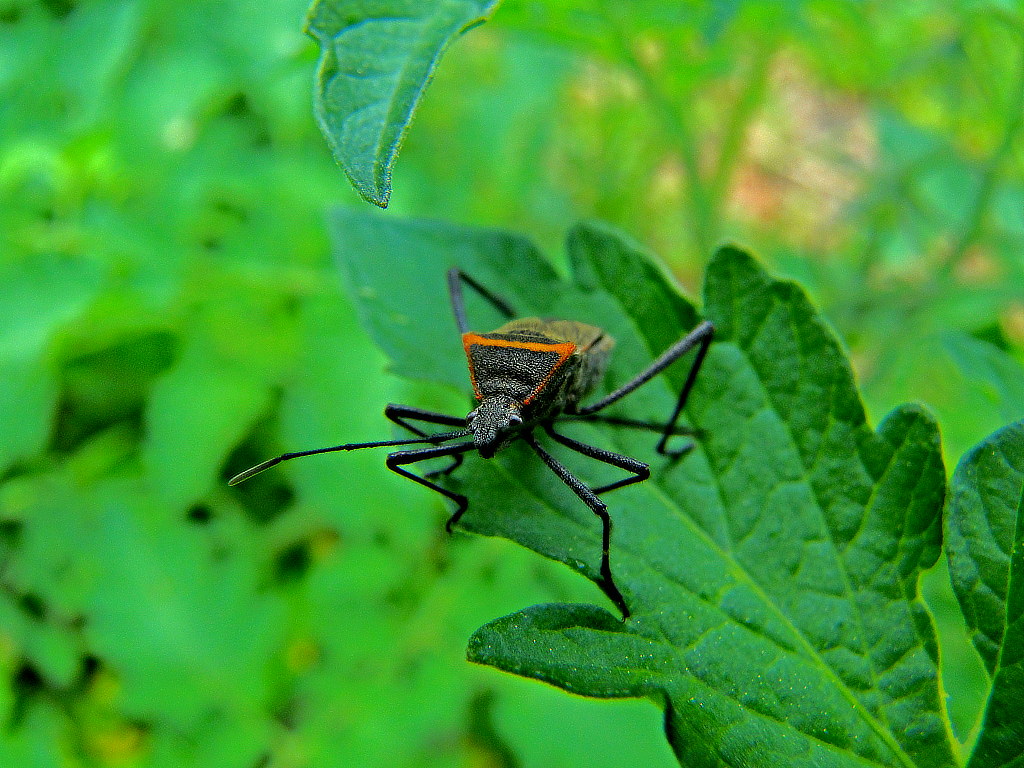
The kissing bug’s life cycle represents more than just a fascinating example of parasitic adaptation – it’s a growing public health concern that demands immediate attention. As urbanization expands into previously wild areas, the contact between humans and kissing bugs is increasing, potentially exposing millions more people to Chagas disease. Research into new control methods, including genetic approaches and improved housing designs, offers hope for reducing the impact of these vampiric insects. The complex interplay between climate change, human development, and insect adaptation ensures that the kissing bug’s story is far from over. What started as a remarkable example of evolutionary adaptation has become a race against time to prevent a public health crisis that could affect millions of people worldwide.

